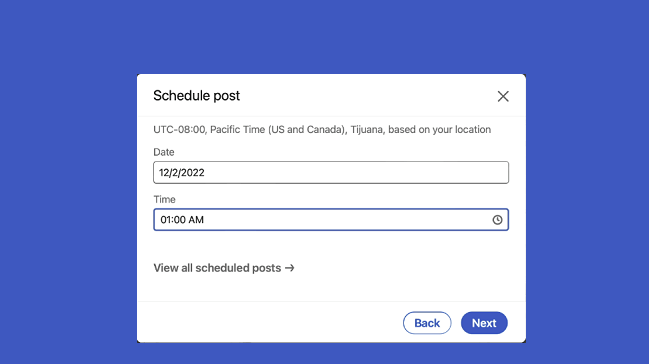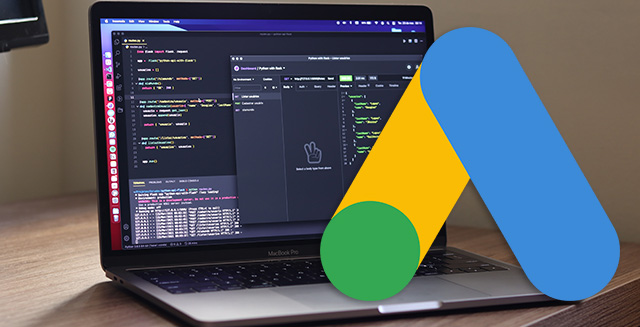TECHNOLOGY
React Native Chart Libraries

Data is the richest currency one can have in today’s time.
It helps companies gain insights into their customers’ preferences, habits, purchasing power, and any other important information that can help businesses improve their performance and optimize their revenues. It can also be beneficial for optimizing internal business processes. However, having a massive chunk of data is not useful, as it can be extremely difficult to comprehend. For this reason, it is important to be able to visualize your data into appealing and easy to understand illustrations such as graphs, line diagrams and other fascinating data visualization formats.
Suppose you are working on a React Native mobile app that requires proper data visualization tools. In that case, you need to hire React Native developers from a trusted and credible IT solutions company with experience in utilizing various React Native Chart Libraries available on the market. Now
Top React Native Chart Libraries

The community of React Native developers is huge and always active. Various users develop many React Native Chart Libraries for aiding React developers with their React charting, and visualization requirements for different React app projects. Here are some of the top React Native Chart Libraries, your React Native developer, should know about –
1. React Native Chart Kit
GitHub – Fork (546) | Star (2.1k) | License (MIT)
React Native Chart Kit is one of the most popular React Native Chart Libraries for creating charts in React Native. They have many chart options such as Line Chart, Pie Chart, Bezier Line Chart, Progress, Contribution Graph and Bar Charts. All the graphs are highly responsive, easy to plug in and available in customizable colours.
2. React Native SVG Charts
GitHub – Fork (312) | Star (2.1k) | License (MIT)
Another famous React Native Chart Library, React Native SVG Charts, makes use of the d3 library for creating their SVG paths and calculating the coordinates. All their charts can be extended with the “decorators” component that helps enhance or stye a chart. It uses the react-native-svg for rendering SVGs and provide users with excellent extensibility. This React chart library comes with Bar Charts, Line Charts, Pie Charts, YAxis, XAxis, StackedBarChart, StackedAreaChart, Area and ProgressCircle chart types.
3. React Native Apache ECharts
GitHub – Fork (483) | Star (3.6k) | License (MIT)
React Native ECharts is a free, open-source and robust charting and visualization library that allows users to integrate highly customizable and interactive charts in their React Native app. This library is based on JavaScript and zrender. ECharts support multi-rendering, cross-platform charts, dynamic data, mobile optimization and better accessibility features.
4. Recharts
GitHub – Fork (1.4k) | Star (17.9k) | License (MIT)
Recharts is one of the oldest and most reliable charting libraries for React. Recharts uses components that are completely presentational because of their declarative nature. Many professionals React developers prefer using Recharts for any React Native charting and data visualization requirements. Recharts comes packed with beautiful charts, native SVG support, declarative components and more.
5. Victory
GitHub – Fork (483) | Star (9.5k) | License (MIT)
Victory is a full-stack modular charting solution with all necessary React Native charting requirements components. It supports cross-platform charting and is fairly straightforward to learn and use. With Victory, you can integrate chart types like bar, candlestick, line and pie charts in your React Native app.
6. React-chartjs-2
GitHub – Fork (993) | Star (4.9k) | License (MIT)
React-chartjs-2 is not much of a charting library, but it is one of the most popular React wrappers and libraries for JS charting. It is a lightweight wrapper that helps developers create responsive components using the HTML5 canvas. The library is easy to use and mainly uses Vue.js and React. It features 6 different charting styles and formats like Line, Doughnut, Pie and Bar Charts.
7. Nivo
GitHub – Fork (809) | Star (9.9k) | License (MIT)
Nivo is more of a React component collection than a charting library. One of the unique aspects of Nivo that makes it a worthy consideration for your React Native app charting requirements is that it supports server-side rendering, which most charting libraries don’t. It comes with many appealing and functional graph and chart templates. Nivo can provide a wide range of HTML, SVG and Canvas Charts in a library.
8. Visx by Airbnb
GitHub – Fork (571) | Star (14.9k) | License (MIT)
Visx is a component library created by Airbnb that combines the benefits of React DOM and D3.js. It is a collection of low-level visualization components that are easily reusable. Low-level visualization helps reduce the bundle size. Visx enables users to create complex visualizations like treemap, chord and more.
9. BizCharts
GitHub – Fork (660) | Star (5.8k) | License (MIT)
Another famous React Native Chart Library, BizCharts, is developed and backed by Alibaba. It has a massive collection of charting libraries with various charting designs. All these charts require minimal coding, making them accessible and usable by React developers of all experience levels. BizCharts also supports ES6 React Syntax and has a stunning template library.
10. React Native Pie Chart
GitHub – Fork (42) | Star (83) | License (MIT)
If you are looking for a specific pie chart library for your React Native app, React Native Pie Chart library is the best solution. It is a simple open-source library that is fairly simple to use. It offers two different variations for displaying data in a pie chart. This library is best for React developers who need to use a pie chart in their app and have a responsibility to keep the overall app bundle size small. With React Native Pie Chart, you can apply custom switches and styles to the two different variations of pie charts that come with this library.
Summing it Up!

These are the top 10 React Native Chart Libraries that can be used for visualizing complex data into appealing and easy to understand charts and graphs, making the app content more user-friendly and helping users get a quick understanding of the data rather than seeing chunks of data that look overwhelming with no analytics possible whatsoever. Make sure your potential React Native developers know these libraries and have proven experience in integrating them in different React Native apps.
Source link












You must be logged in to post a comment Login